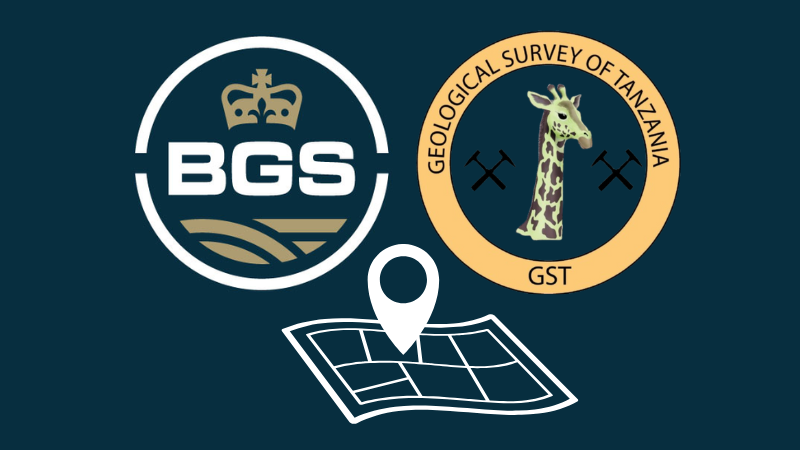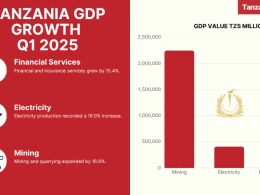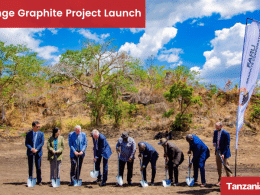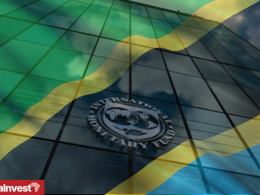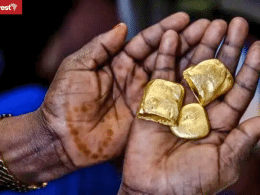The Geological Survey of Tanzania (GST) and the British Geological Survey (BGS) signed a Memorandum of Understanding (MoU) in London on 22 May 2025 to cooperate in mineral exploration and geoscientific research and services.
The agreement was signed in the presence of the Deputy Permanent Secretary of the Ministry of Minerals, Msafiri Mbibo, and the Tanzanian Ambassador to the United Kingdom, Mbelwa Kairuki.
The MoU outlines cooperation in several key areas, including mineral exploration, application of modern geoscientific technology, and laboratory analysis of mineral samples.
Additional areas covered include joint projects in geological, geochemical, and airborne geophysical surveys, geological mapping, monitoring and management of geological hazards, environmental geoscience, management of geoscientific data, and training and exchange of technical staff.
According to GST’s Chief Executive Officer, Dr. Mussa Daniel Budeba, the agreement will allow Tanzania to benefit from advanced technology, enhanced laboratory services, and improved systems for managing geoscientific information.
Deputy Permanent Secretary Mbibo thanked both institutions for preparing and concluding the agreement and confirmed the Ministry’s full support for its implementation.
GST and the Status of Mineral Mapping in Tanzania
The Geological Survey of Tanzania (GST) is a government agency under the Ministry of Minerals responsible for geological research, mineral exploration support, geoscientific data management, and the preparation of geological maps and reports used in the mineral licensing process.
GST also provides technical input for mineral policy development and plays a key role in evaluating Tanzania’s mineral potential for investment promotion.
As of 2025, GST has geologically mapped approximately 94% of Tanzania’s surface area.
High-resolution airborne geophysical surveys have been conducted over 16% of the country, with a target to increase coverage to 18% by the end of the 2024/2025 fiscal year.
To support these efforts, GST has allocated TZS 73 billion for new airborne surveys and TZS 20 billion for the construction of three advanced mineral research laboratories in Mbeya, Geita, and Dodoma.





